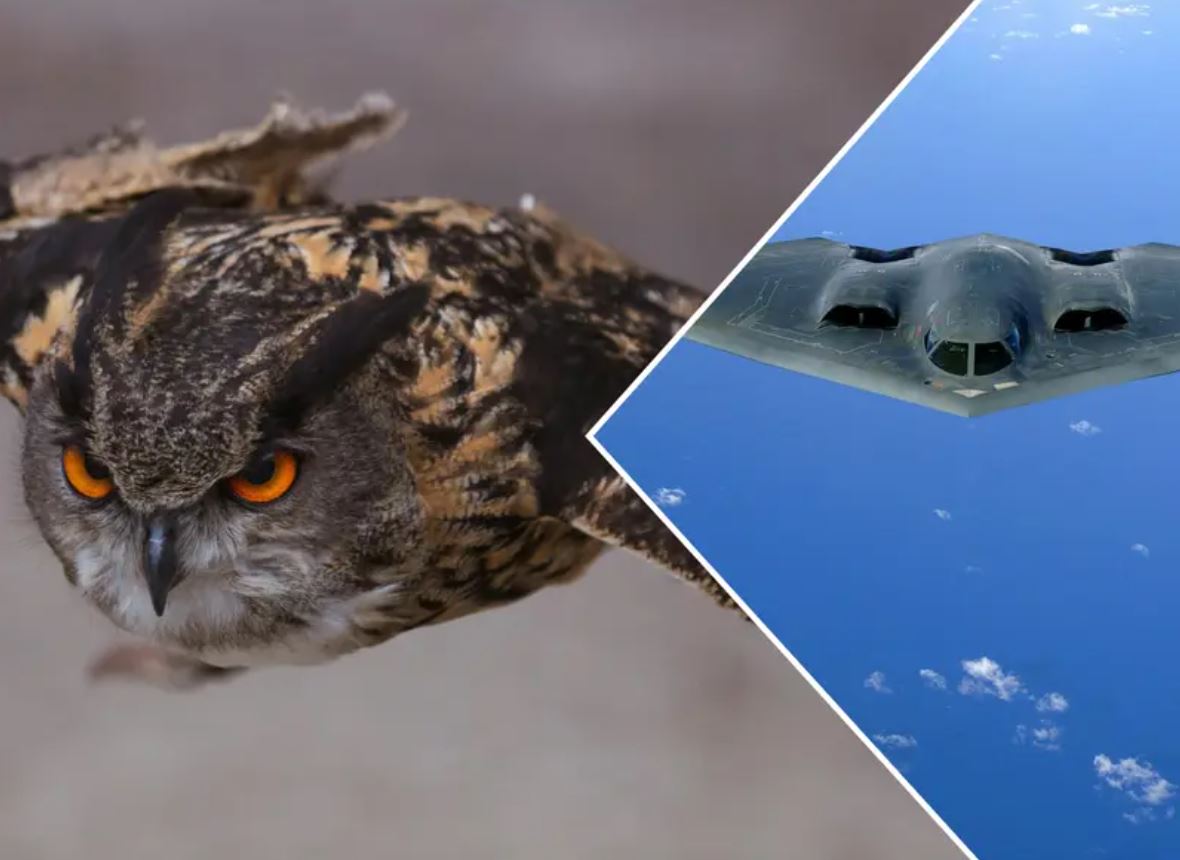 Drones have become indispensable for everything from deliveries to inspections and emergency responses. Traditionally, we’ve had to choose between two designs: rotary-wing drones, which offer excellent manoeuvrability but burn through energy quickly, and fixed-wing models that are energy-efficient yet less agile in tight or unpredictable environments. Now, engineers at the University of Surrey are looking to the natural world for answers.
Drones have become indispensable for everything from deliveries to inspections and emergency responses. Traditionally, we’ve had to choose between two designs: rotary-wing drones, which offer excellent manoeuvrability but burn through energy quickly, and fixed-wing models that are energy-efficient yet less agile in tight or unpredictable environments. Now, engineers at the University of Surrey are looking to the natural world for answers.
The ‘Learning2Fly’ project draws inspiration from the precise flight patterns of owls and other birds of prey. The team hopes to develop fixed-wing drones capable of intricate manoeuvres – think perching and navigating crowded airspaces – all while staying stable even when the wind is unpredictable.
Dr. Olaf Marxen, a Senior Lecturer at Surrey, observed, “Nature has already solved many of the challenges we face in drone flight. Birds of prey manoeuvre with such precision in complex settings, and we’re using their lessons to create fixed-wing drones that are both smarter and more agile, whether you’re looking at urban scenarios with tall buildings or offshore conditions with shifting winds.”
Instead of leaning solely on traditional simulations like computational fluid dynamics – which can be costly and struggle in turbulent conditions – the research team is integrating experimental flight data with machine learning. This helps refine real-time predictive models, making it easier to train drones to respond to sudden air changes or unexpected obstacles.
Central to this process is Surrey’s state-of-the-art motion capture lab, where lightweight prototypes (even those inspired by toy planes) are put to the test. Onboard sensors and high-speed cameras capture detailed three-dimensional flight data, feeding it back into a model that forecasts drone behaviour without relying on expensive simulations.
The approach not only builds a robust data set for predictive modelling but also paves the way for drones that balance agility and endurance. Whether in the heart of a city or on isolated offshore platforms, these drones are set to perform reliably in diverse conditions.
Preliminary results are promising. Owen Wastell, a PhD student and project co-lead, mentioned, “We’ve already shared early findings, and it’s exciting to see our drone handle challenges so effectively this soon.” Such feedback reinforces the idea that even in an era dominated by advanced technology, there’s much to learn from nature’s time-tested designs.
The next phase will see outdoor trials to further test how these drones cope with wind changes, turbulence, and moving obstacles. If successful, this could lead to versatile drones that serve both bustling urban landscapes and remote offshore environments with confidence.








